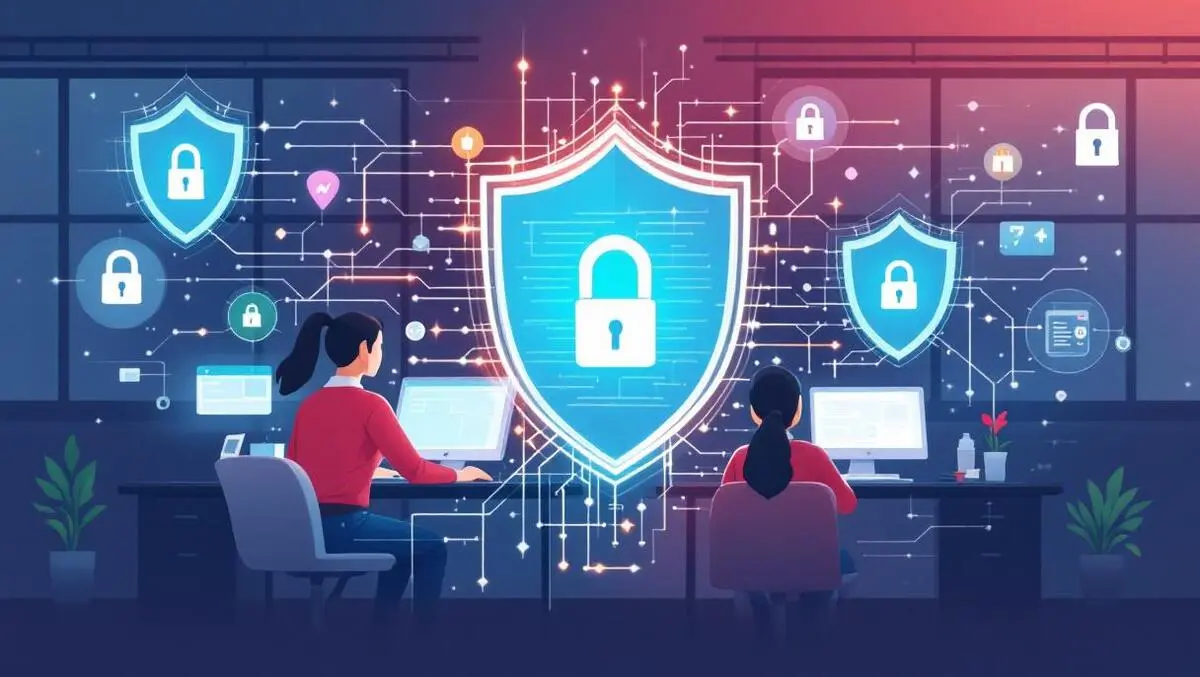
Cybersecurity starts within - empowering employees to defend against digital threats
As the frequency and sophistication of cyberattacks continue to grow, businesses must look beyond traditional cybersecurity investments. The days of relying on IT departments to solve these issues are over.
Prevention starts with education, and HR plays a critical role in building a cybersecurity-conscious workforce. In today's digital landscape, employees are both the strongest line of defense and the most vulnerable point of entry for cybercriminals, making a proactive approach to cyber defense more essential than ever.
Employee investment: a business imperative
Cyber threats like phishing - a tactic that manipulates individuals into divulging sensitive information - target employees due to their access to critical systems, financial information and overall data. A single mistake, such as clicking a malicious link, can grant hackers access to entire networks, costing organisations millions in damages and recovery.
This reality underscores the importance of continuous employee education. Training staff to recognise and respond to phishing and other cyber threats is a cost-effective measure to safeguard the organisation. This training is often conducted via employee tests and then followed up with virtual learning courses. By prioritising ongoing learning, companies can significantly enhance employees' ability to identify and mitigate these risks.
HR's role in cyber risk reduction
HR teams are also often overlooked when it comes to cyber security prevention. It is fundamental that HR teams work closely with IT to ensure a company has full visibility on who to contact if a cyber attack were to take place.
By working together, these departments can also coordinate:
- Enhance visibility and communication: Ensure employees know how and who to report cyber incidents to
- Promote cybersecurity culture: Integrate cybersecurity awareness into onboarding, training, and performance reviews
- Manage access rights: Maintain strict control over system access during onboarding and offboarding to prevent unauthorised use of company networks
- Coordinate response plans: Establish clear protocols for responding to cyber incidents, ensuring all team members understand their roles
A dual approach: education and surveillance
Beyond employee training, companies must deploy advanced monitoring solutions to maintain oversight of digital activity. Tools that analyse login patterns, track device usage, and detect unusual data transfers can flag potential threats in real-time. With more employees working in hybrid environments, having this Zero-Trust approach to logins and communication has become a cornerstone in proactive cyber vigilance.
Combined with a workforce educated on cybersecurity best practices, these measures create a multi-layered defence against cyber threats – preventing business wide breaches.
How can businesses protect themselves?
The cost of recovery after a cyberattack can be staggering, with impacts extending to operations, customer trust, and productivity. Businesses can mitigate these risks by establishing clear roles for all employees in cyber response plans through HR training and onboarding, regularly coordinating with HR departments to update training programs to address emerging threats and embedding cybersecurity awareness into company culture through HR-led initiatives.
HR departments are the heart of best company practices. By bringing these teams into the cyber security conversation, organisations open ways to transform employees from potential vulnerabilities into active defenders. This holistic approach - combining education with technology - creates a secure digital environment where both employees and the business thrive.
In today's digital world, cybersecurity is not just an IT responsibility; it's a company-wide commitment. Empowering employees through HR-driven initiatives ensures that every individual is equipped to combat digital threats, reducing the risk of human error and reinforcing the organisation's defences.

